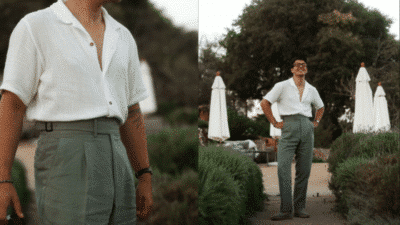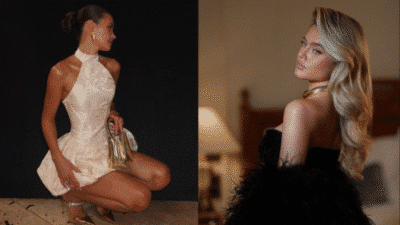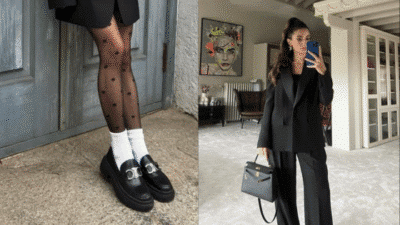Formal fashion offers a chance to showcase style while respecting the event’s tone. Whether attending a wedding, corporate event, or fancy dinner, choosing the right outfit sets the foundation for confidence and elegance. The key to formal fashion inspiration is finding outfits that balance sophistication, comfort, and personal style.
Classic pieces like the little black dress or a tailored suit remain popular because they work in many settings and can be updated with accessories. Modern trends also bring fresh ideas for mixing timeless looks with bold touches, helping anyone stand out without overdoing it.
Understanding how to dress formally means focusing on fit, fabric, and detail. This guide will explore ideas and tips that help make selecting and styling formal wear easier and more effective, no matter the occasion.
Foundations of Formal Fashion
Formal fashion relies on specific guidelines that create a polished and elegant appearance. It includes particular fabrics, cuts, and accessories suited to refined occasions. The style also varies depending on social settings and dress codes, which dictate what is appropriate.
Defining Formal Fashion
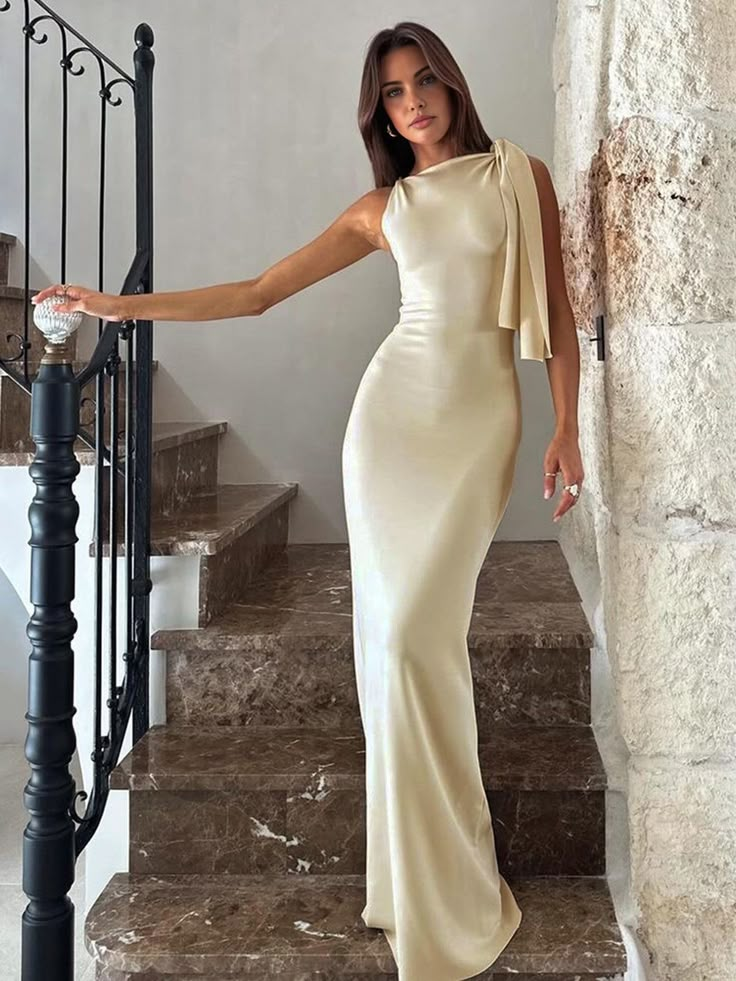
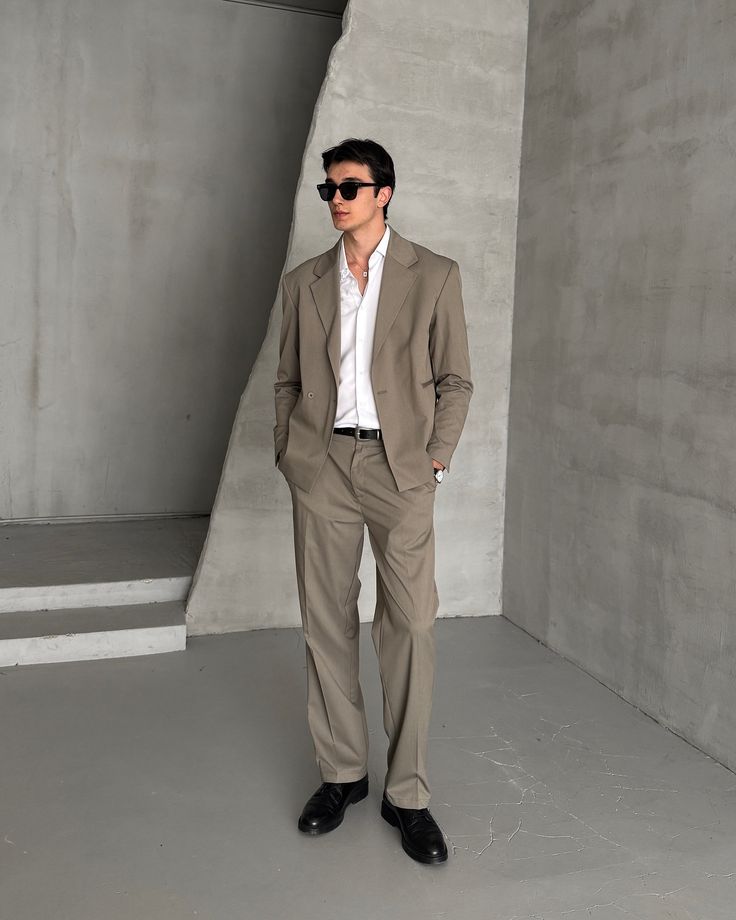
Formal fashion is a style of clothing designed for special or important events. It usually involves garments made from high-quality materials like silk, velvet, or fine wool. The look is clean, structured, and often tailored to fit precisely.
For men, formal fashion often means tuxedos, suits, or dress shirts with ties and polished shoes. For women, it typically includes gowns, cocktail dresses, or elegant pantsuits. The focus is on simplicity combined with subtle details that show refinement.
Formal fashion aims to project confidence and respect for the event or company. It avoids casual or overly trendy elements. The goal is timelessness rather than fashion fads.
Key Elements of Formal Attire
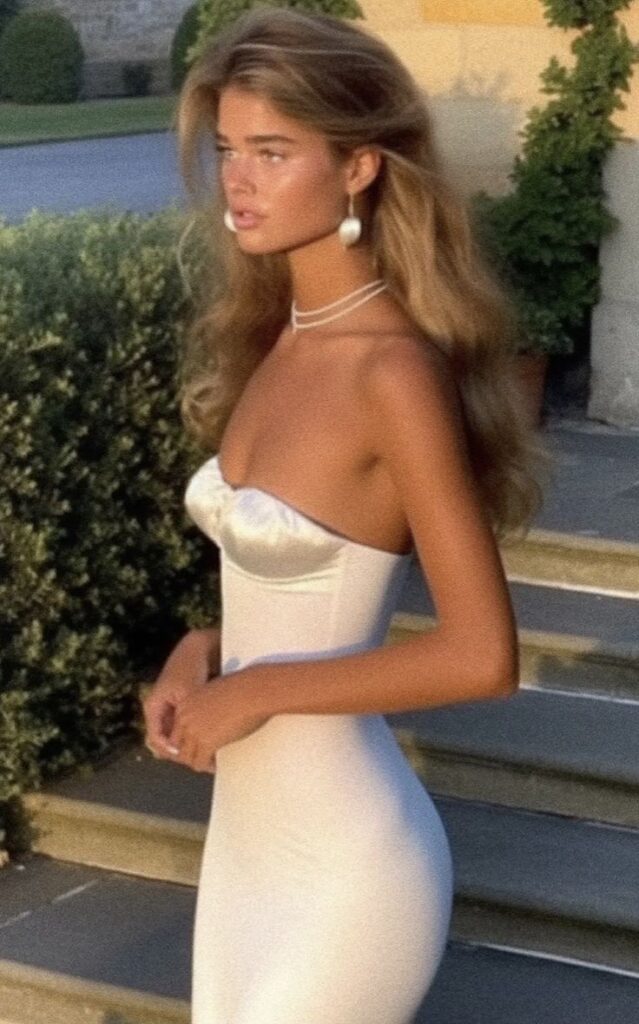
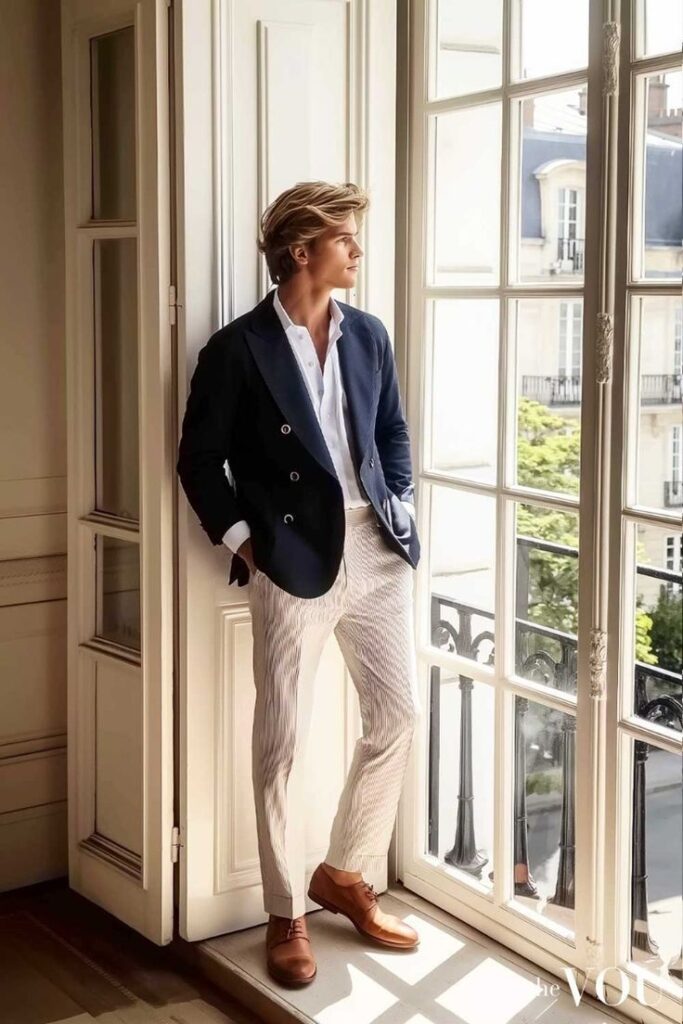
Several key elements define formal attire. Fabric choice is critical—silks, satins, and fine wools are common. These textiles add a smooth appearance and structure to the outfit.
Cut and fit also play a major role. Clothes should be tailored, neither too tight nor too loose, to offer a clean silhouette. For men, this means slim-fit jackets and straight-legged trousers. For women, tailored dresses or suits highlight their shape elegantly.
Accessories must be minimal and well chosen. Men often wear cufflinks, a tie, and formal shoes. Women select simple jewelry, clutch bags, and dress shoes or heels.
Colors are generally muted or classic. Black, navy, cream, and deep jewel tones dominate formal wardrobes for their sophistication.
Dress Codes and Occasions
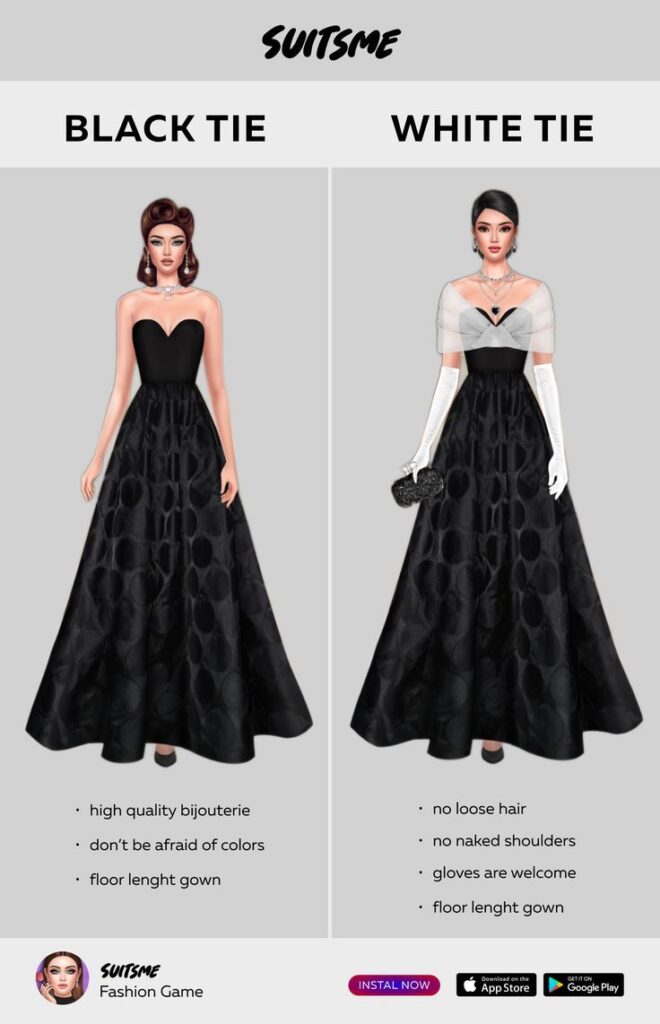

Formal fashion varies by the event’s dress code. The most common types include black tie, white tie, and business formal.
Black tie often means a tuxedo for men and evening gowns for women. It suits upscale parties, weddings, or galas.
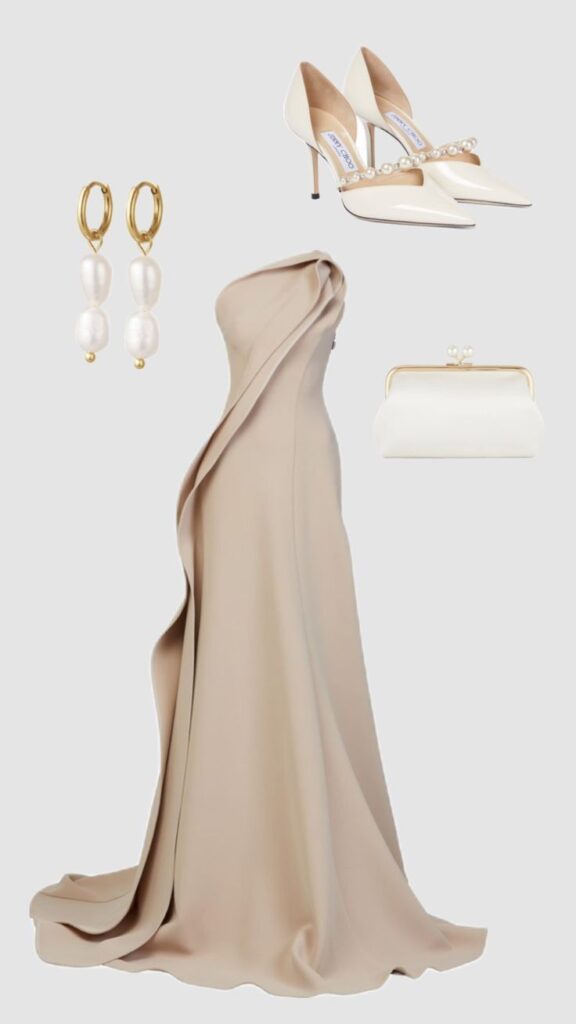
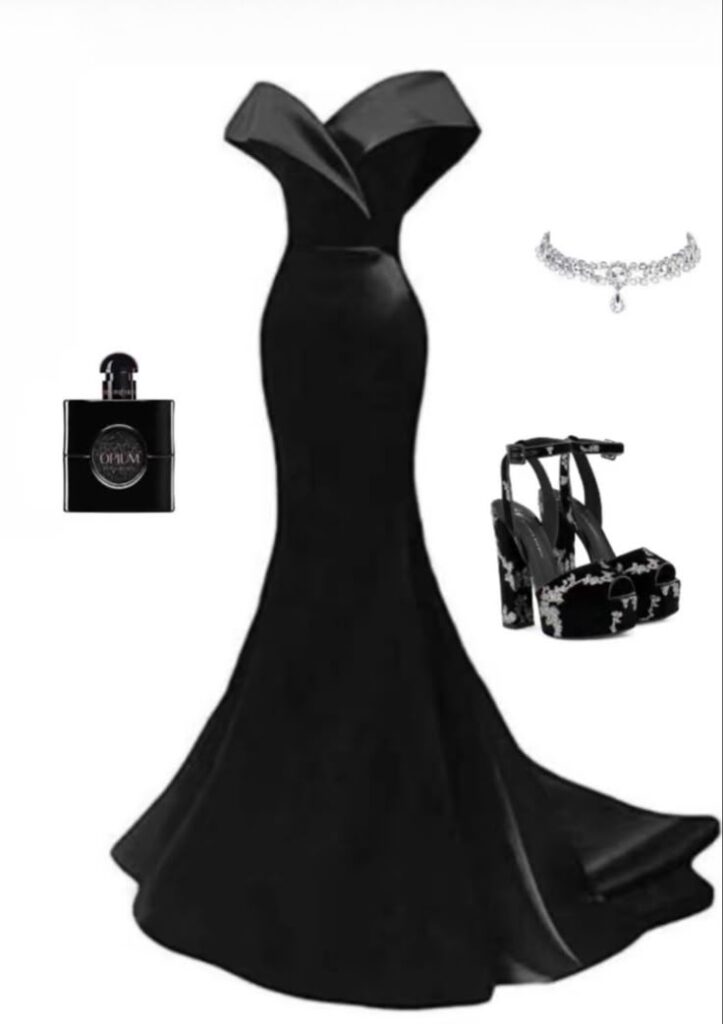
White tie is the most formal code, requiring men to wear a tailcoat and women full-length ball gowns. This dress code appears at royal or very prestigious events.
Business formal is formal wear for professional settings. Men wear suits and ties, while women wear pantsuits or conservative dresses. This dress code fits corporate meetings and presentations.
Understanding the dress code helps select suitable clothing that fits both the event and expectations.
Essential Formalwear for Men and Women
Formalwear demands sharp, well-chosen pieces that balance tradition and style. These clothes create a refined and polished appearance through clean lines, tailored fits, and timeless colors. Each part of the outfit—from suits and gowns to accessories and shoes—plays a key role in completing the look.
Classic Suits and Tuxedos
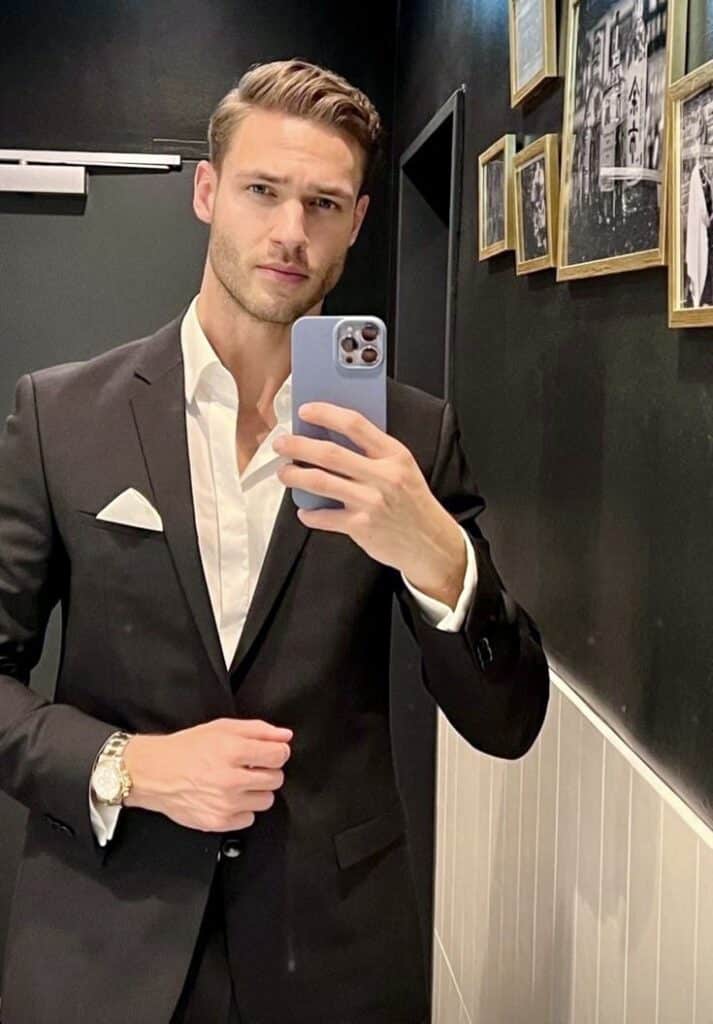
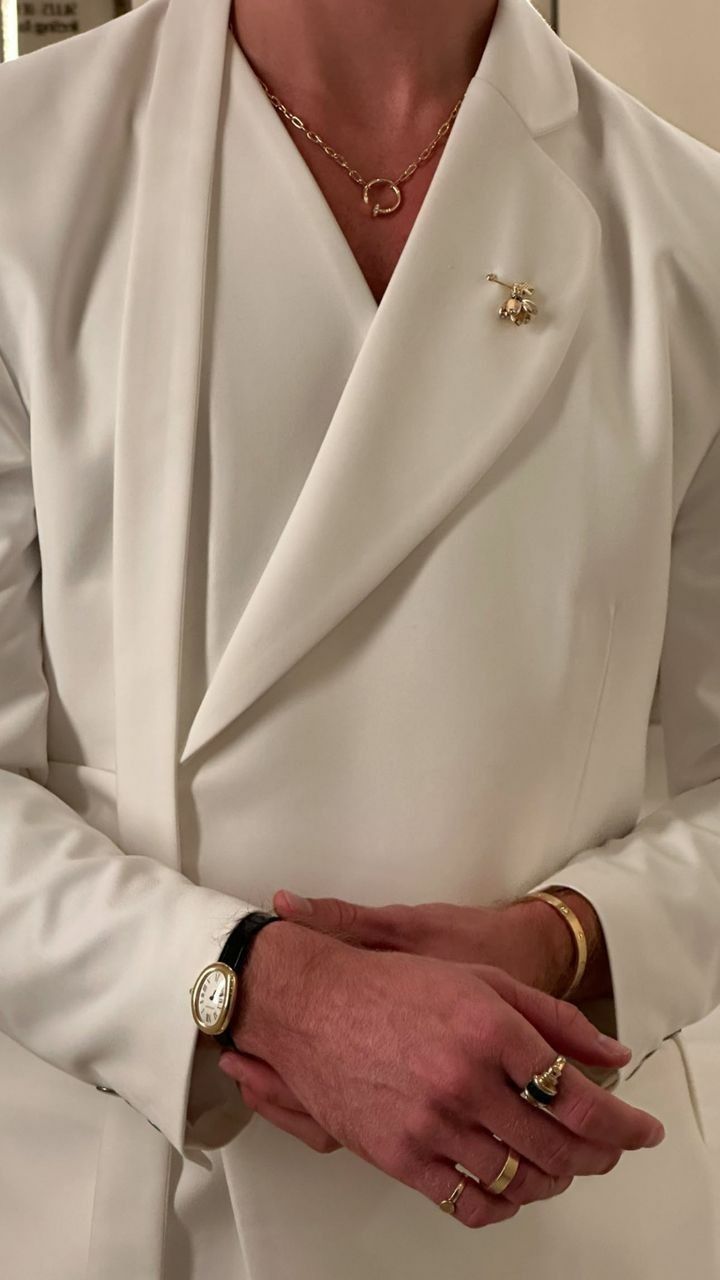
For men, a well-fitted suit or tuxedo forms the foundation of formal attire. Classic colors like black, navy, and charcoal are best for most formal events. Slim-fit cuts and subtle design details can modernize the traditional look without losing sophistication.
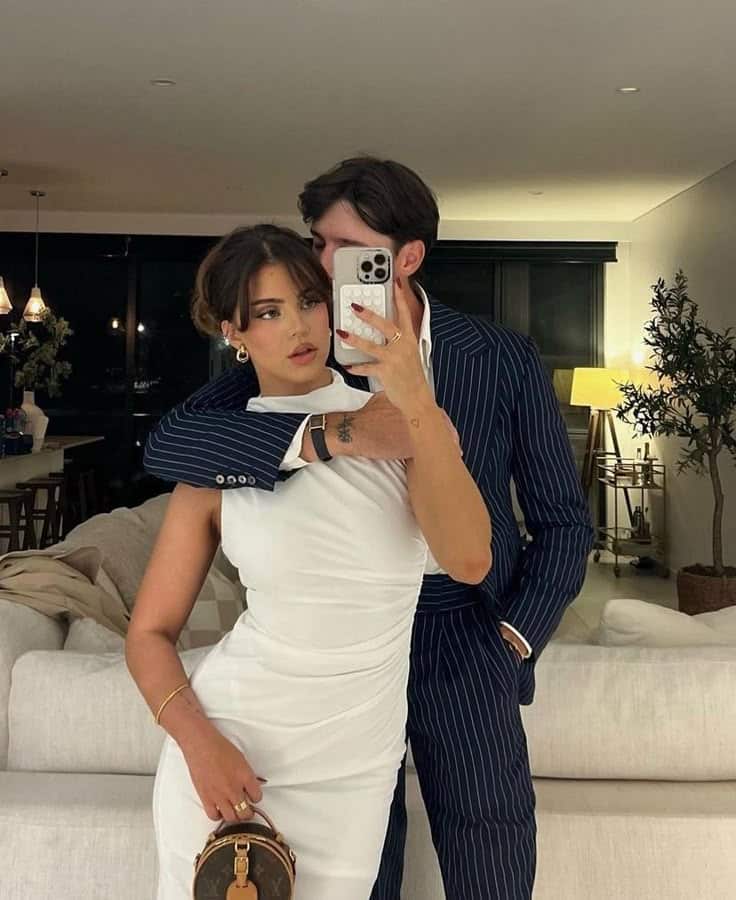
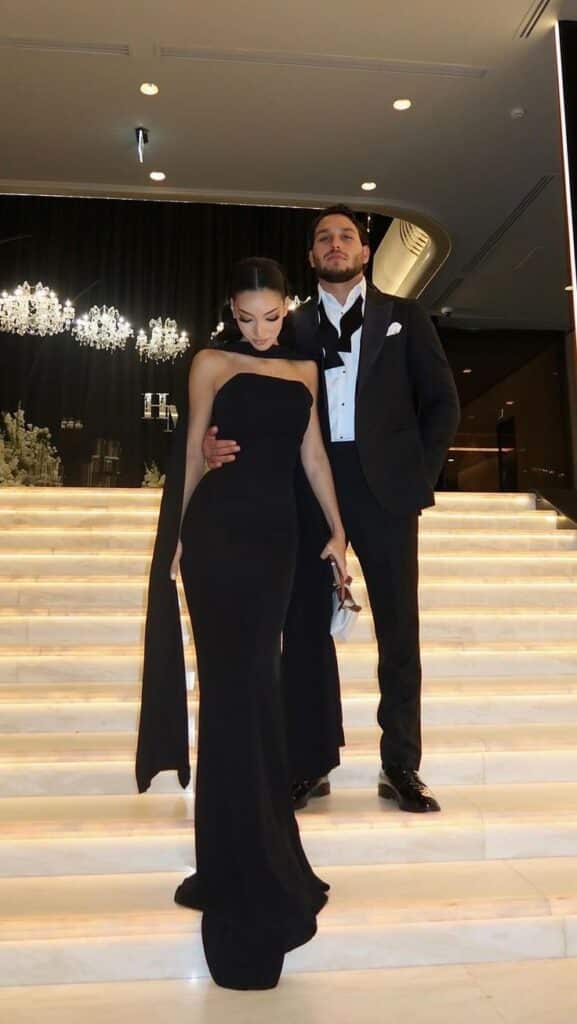
A tuxedo typically features satin lapels and is paired with a crisp white shirt. Bow ties are standard, but dark neckties work depending on the occasion. Tailored suits with single or double breasted jackets suit business formal and less rigid events.
Women often choose elegant dresses but can also opt for tailored pantsuits or sleek blazers for a modern twist. Suits for women are best in neutral tones or classic black with sharp cuts and quality fabrics. Both men’s and women’s suit choices should prioritize fit and comfort to maintain a sharp silhouette.
Elegant Evening Gowns
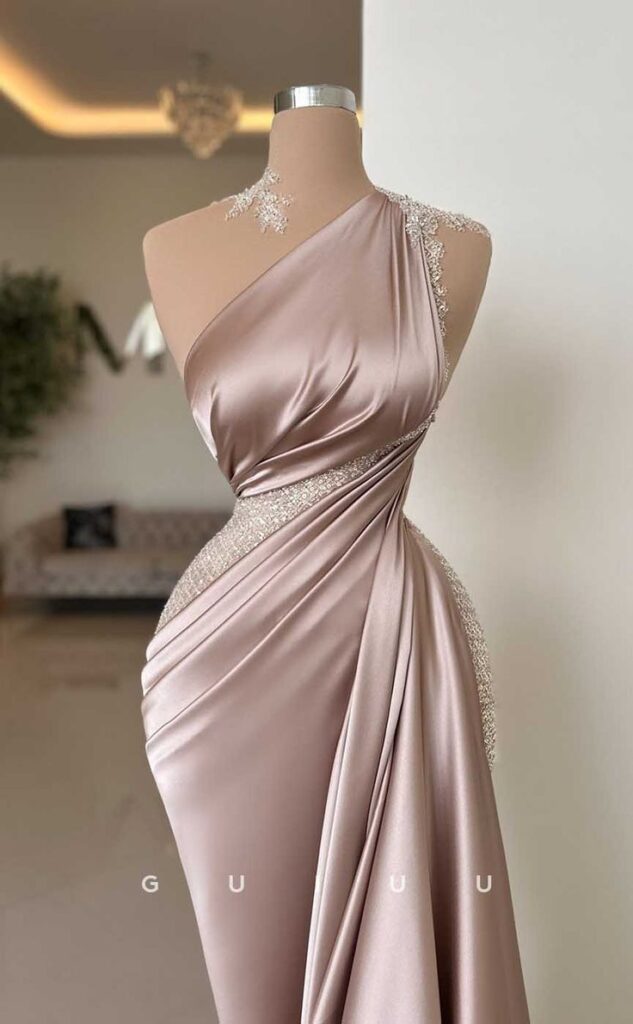
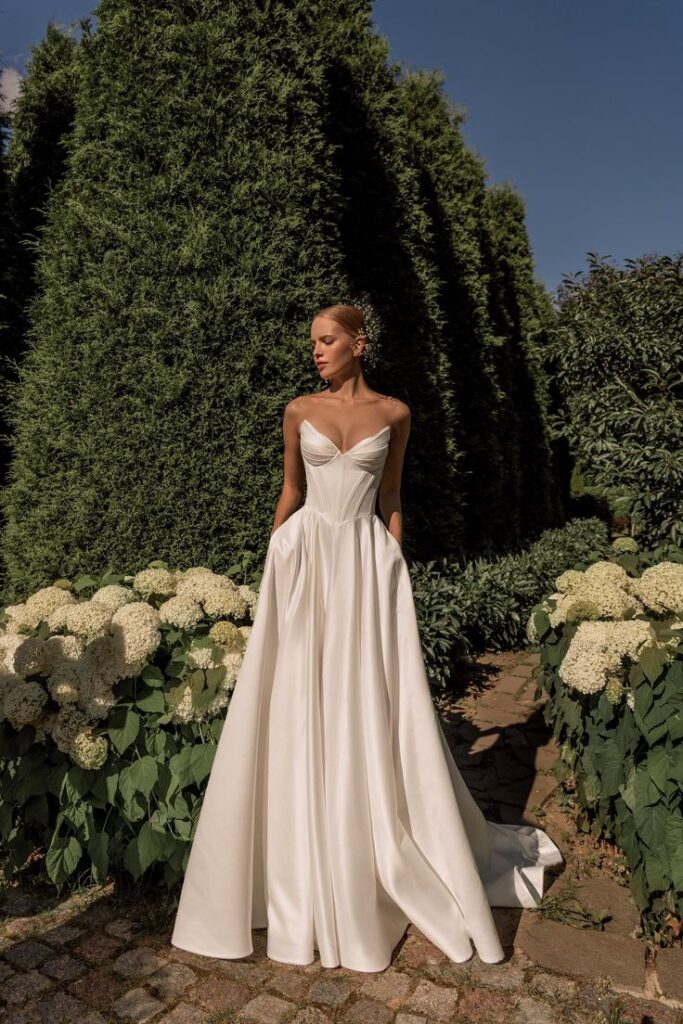
An evening gown for women often defines the formal look. Long dresses with clean lines or subtle embellishments are most common. Fabrics like silk, satin, and chiffon offer a smooth finish that catches light nicely.
Bold prints or solid dark colors work well, depending on the event’s tone. Necklines and sleeves vary, but balanced proportions help keep the dress elegant rather than flashy. Statement details—such as lace overlays or beading—should enhance without overwhelming.
Choosing the right gown means considering the event setting and dress code. Accessorizing the gown with simple jewelry maximizes its impact. Proper fit and tailoring ensure the gown flatters the figure and provides comfort throughout the event.
Accessories for a Polished Look
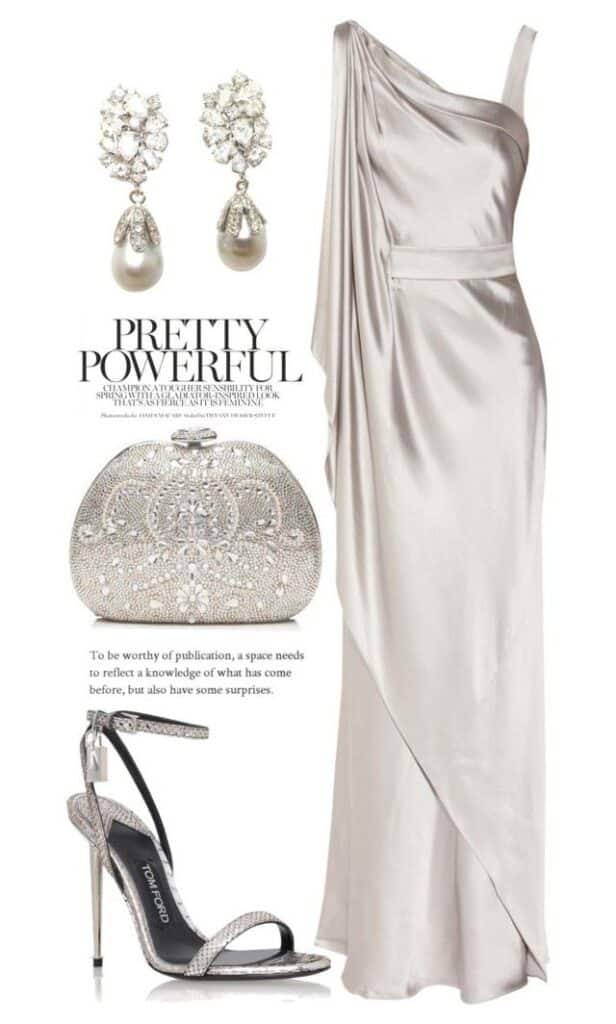
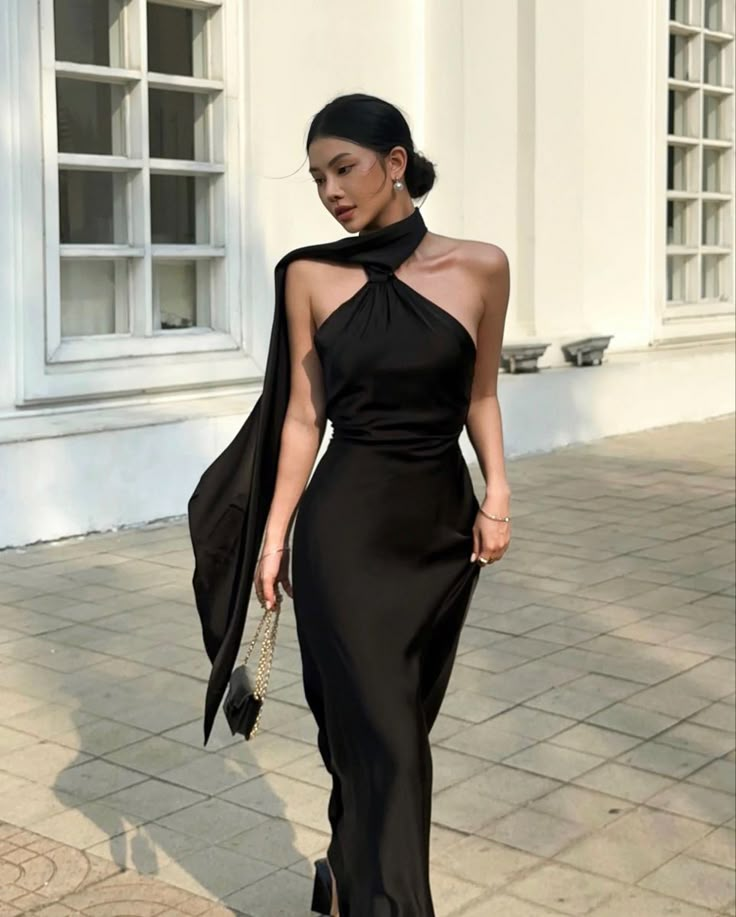
Accessories complete formal outfits and highlight personal style. Men typically choose cufflinks, pocket squares, and watches for subtle enhancement. Quality leather belts and sleek ties or bow ties add to the outfit’s elegance.
For women, accessories like clutches, delicate jewelry, and scarves are key. Statement earrings or a simple necklace can elevate an otherwise plain dress. Matching accessories to the dress color or shoes while avoiding excess keeps the look refined.
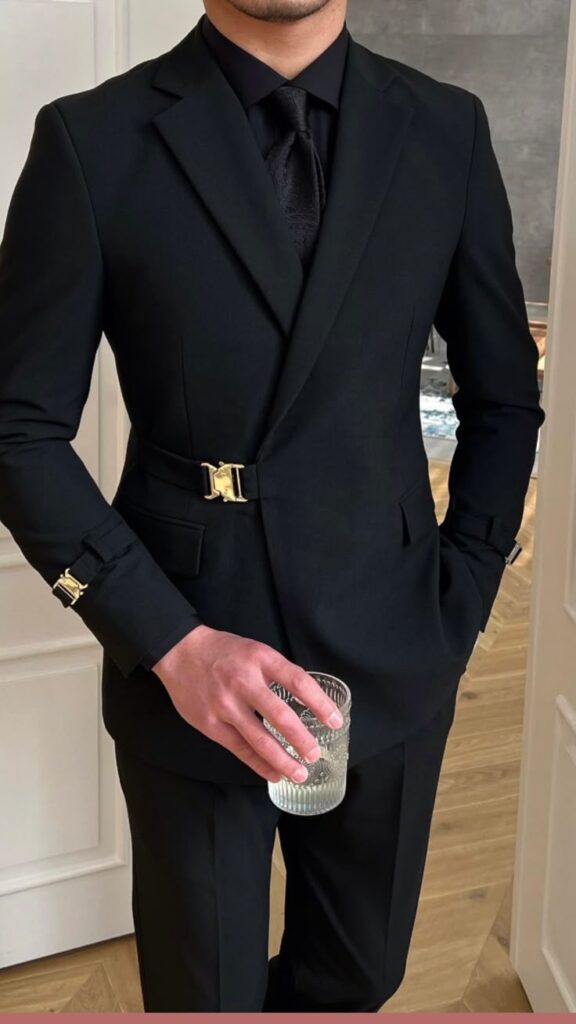
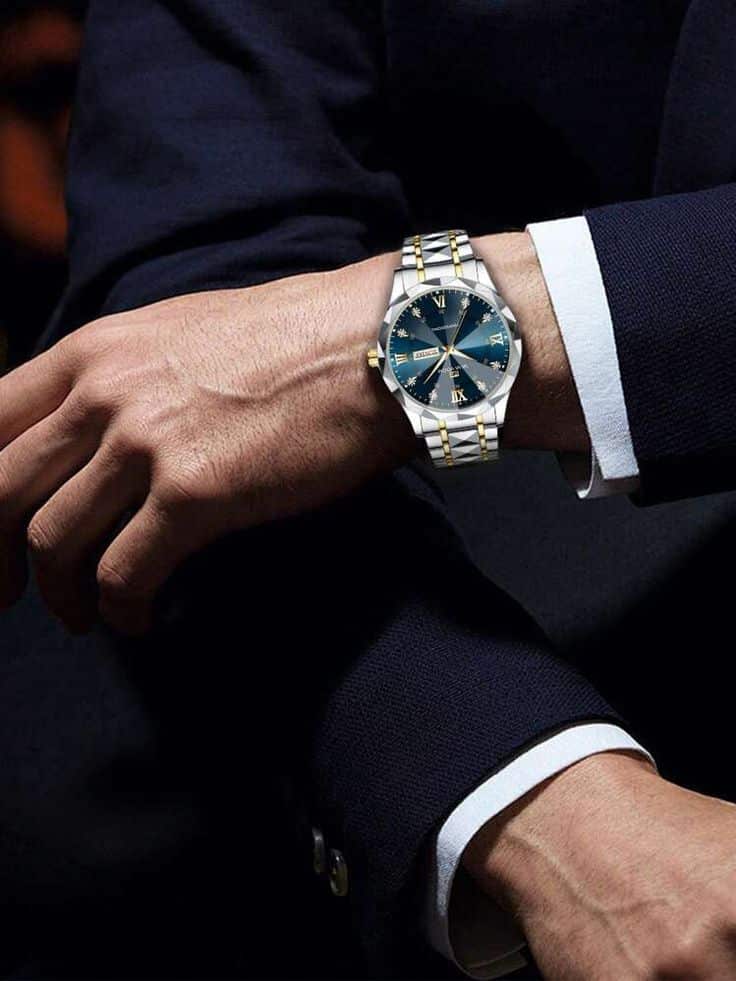
Choosing understated, quality accessories over bold or oversized ones creates a balanced appearance. Both men and women should coordinate accessories carefully to ensure they complement, not clash, with the formalwear.
Footwear Selection
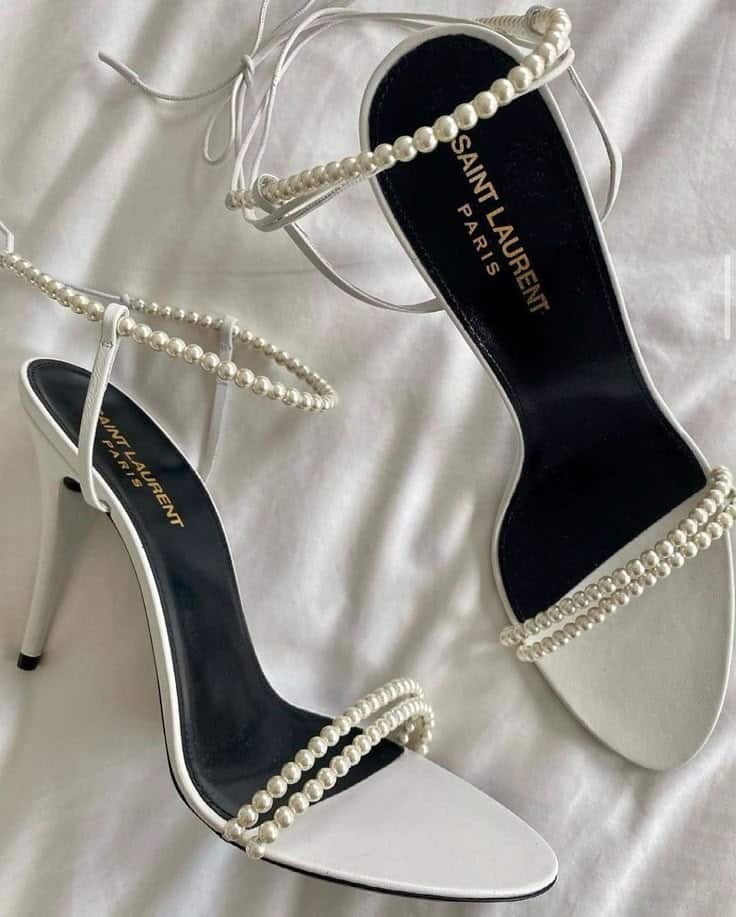
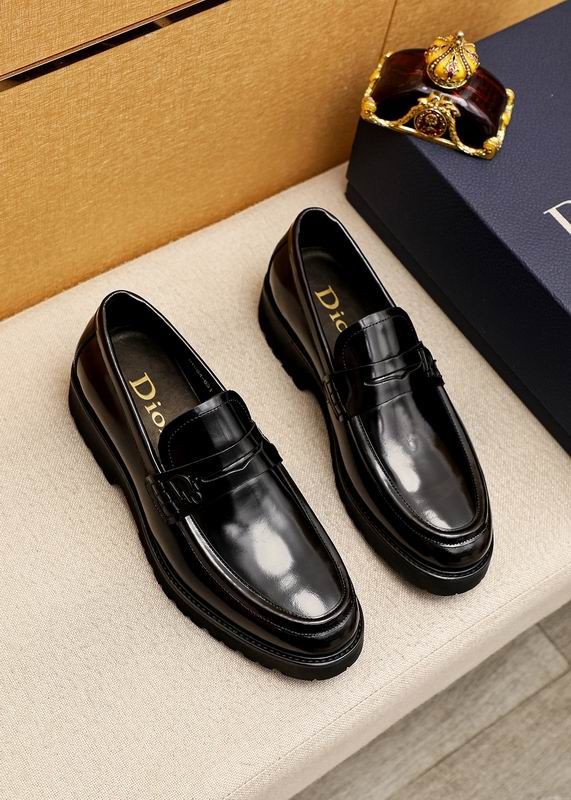
Footwear must balance comfort and style, as it is essential for completing formal attire. Men’s formal shoes are traditionally black or brown leather. Styles like oxfords, brogues, or loafers suit suits or tuxedos well.
Women’s formal footwear varies more in style but should remain elegant and appropriate for the gown or outfit. Classic pumps or strappy heels in neutral or matching colors work best.
Both men and women benefit from choosing shoes with quality materials and comfortable fits. Polished shoes, free of scuffs or wear, contribute significantly to a well-put-together appearance at any formal event.
Current Trends and Style Inspiration
Formal fashion now blends timeless pieces with fresh, creative details. Designers and stylists emphasize versatility, bold colors, and personal expression. These changes shape how people choose and wear formal outfits today.
Modern Takes on Formal Classics
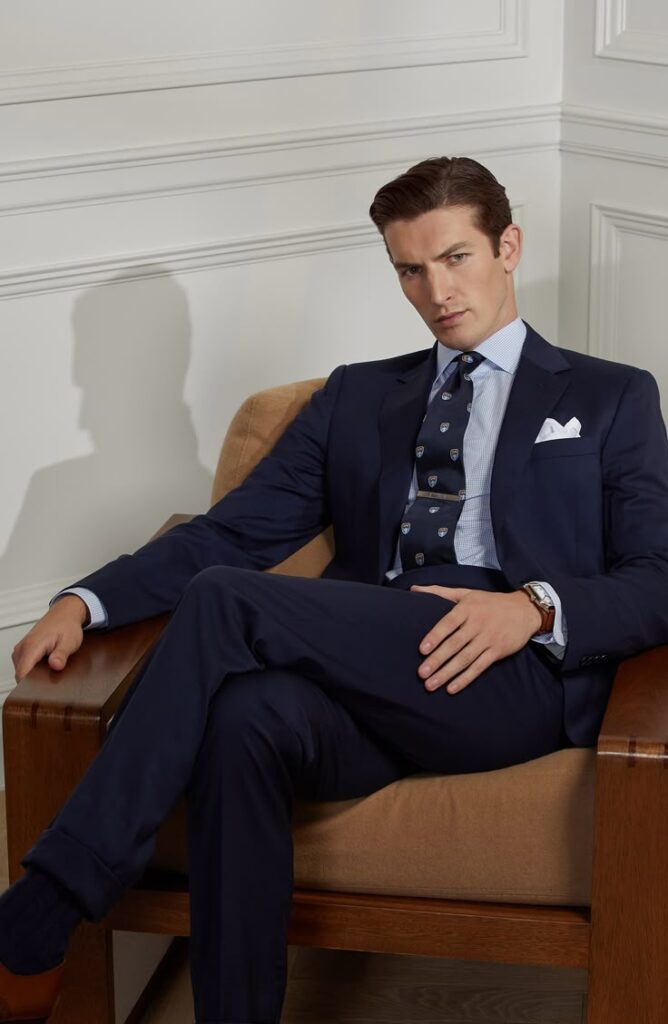
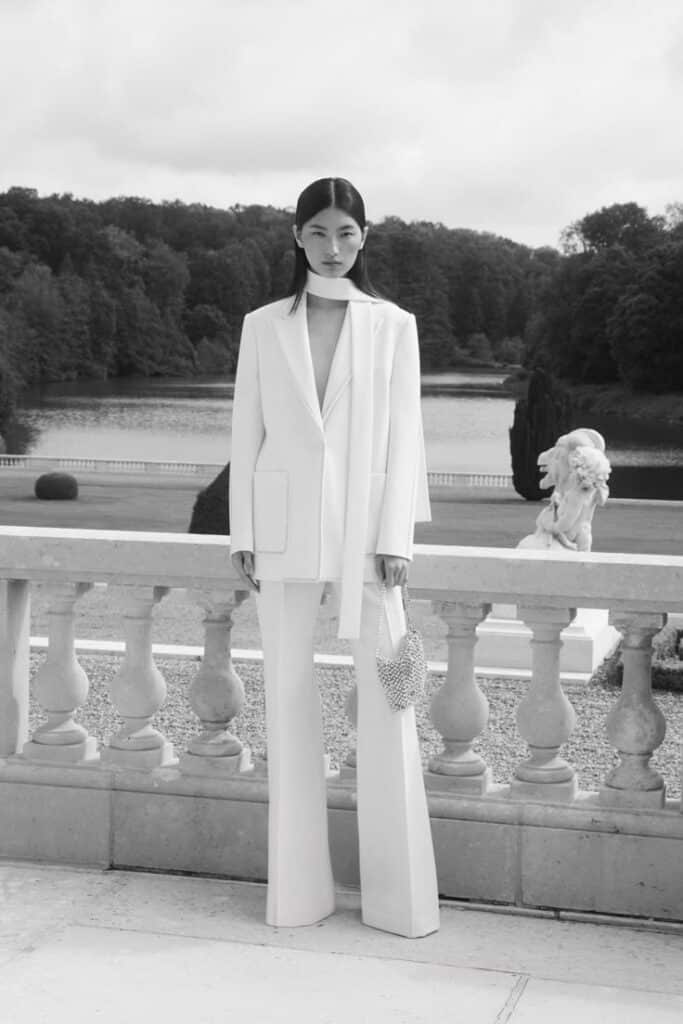
Traditional formalwear gets updated with new shapes and materials. Tailored suits often feature relaxed cuts or unexpected fabric choices like velvet or satin blends. Dresses use asymmetrical hems, cut-outs, or mixed textures to add modern flair.
Bold colors replace the usual blacks and navies. Deep reds, vibrant blues, and even pastels appear regularly. Accessories like statement belts or unique jewelry complete the look without overwhelming it.
Celebrity Formalwear Looks
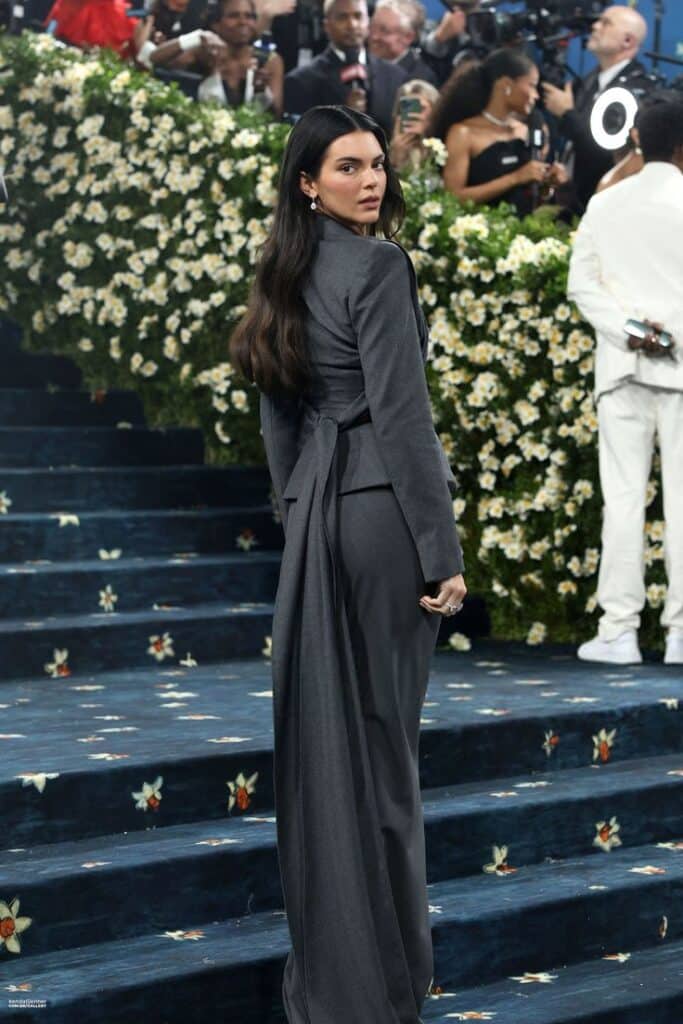

Celebrities often set formalwear trends by mixing old Hollywood glamour with modern edge. They wear sleek gowns with dramatic shapes or embellishments on red carpets. Men may choose sharp tuxedos paired with colorful or patterned shirts.
Many celebrities embrace maximalism in formal styles, combining different patterns, textures, and eye-catching details. Their looks often balance elegance with unique personal style, inspiring wider fashion choices.
Seasonal Formal Fashion Trends
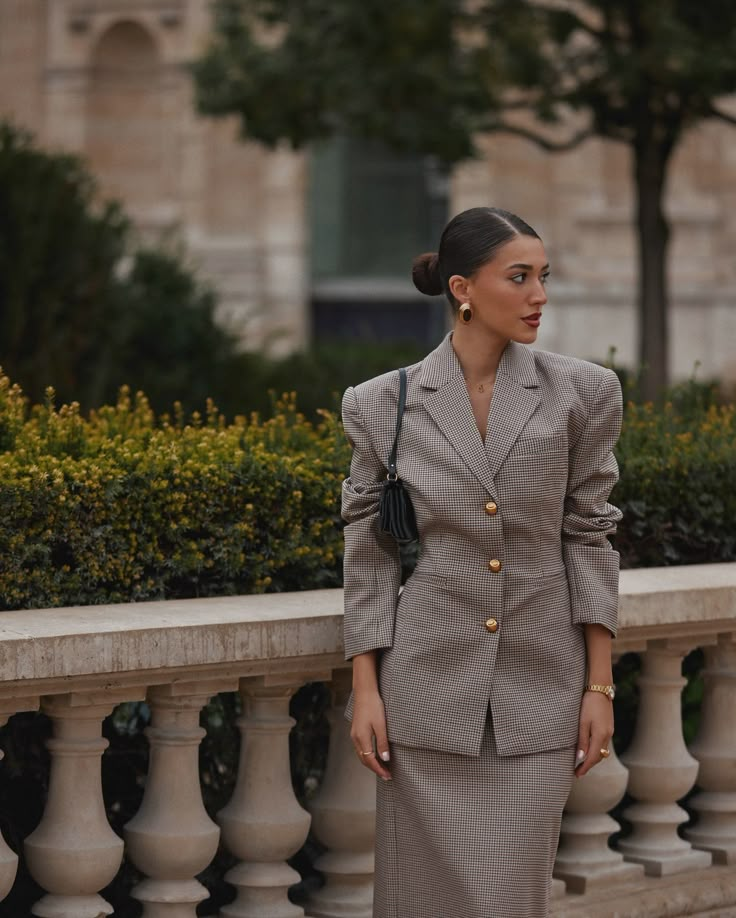
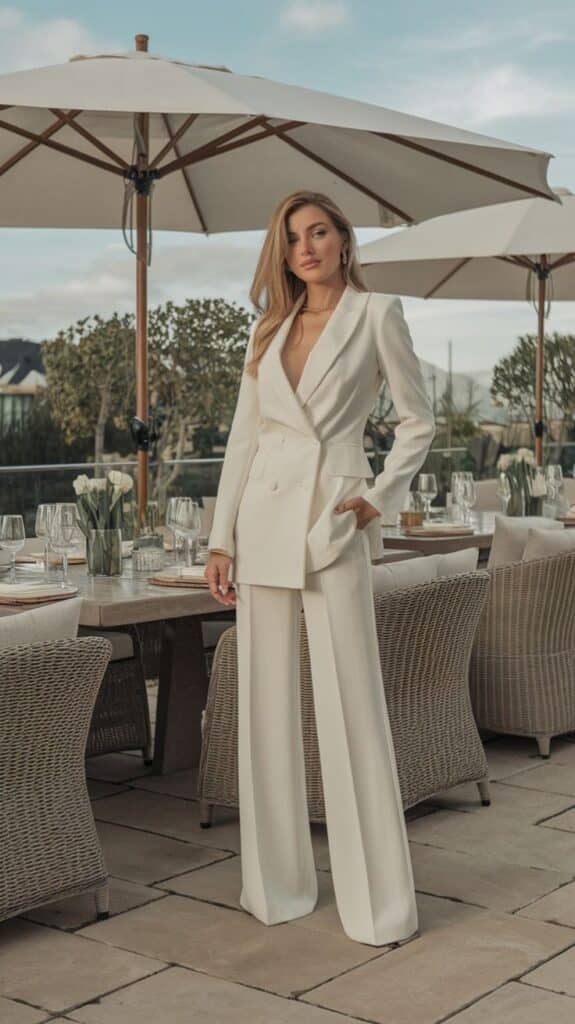
Formalwear shifts with seasons, adapting fabrics and colors. Spring and summer favor lighter materials like chiffon and silk, often in soft or bright colors. Fall and winter bring richer fabrics like velvet and heavier wool in deep hues.
Seasonal changes also influence details such as sleeve length and layering. For example, long sleeves and structured jackets become popular in colder months, while sleeveless or off-shoulder designs dominate warmer seasons.
- 1.0Kshares
- Facebook0
- Pinterest1.0K
- Twitter0
- Reddit0
